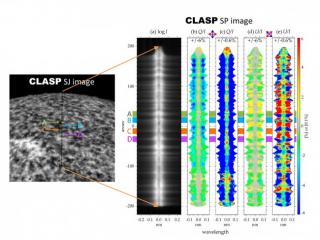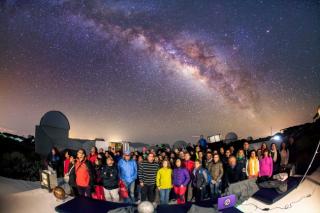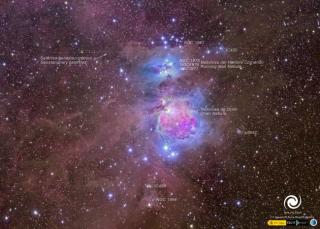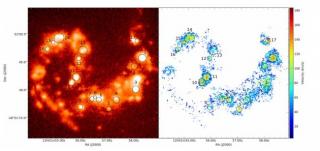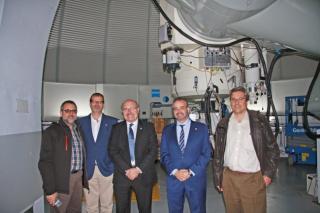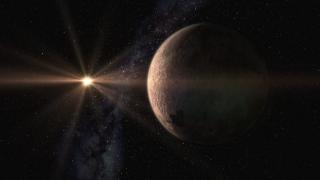
An international team led by researchers from the IAC, using the radial velocity method, have discovered a possibly rocky planet at the edge of the habitable zone of a red dwarf star. Only a few dozen planets of this kind are known and its detection was made possible with the HARPS-N spectrograph on the Telescopio Nazionale Galileo (TNG) at the Roque de Los Muchachos Observatory, La Palma.
Advertised on
